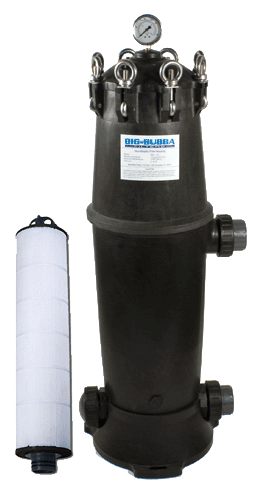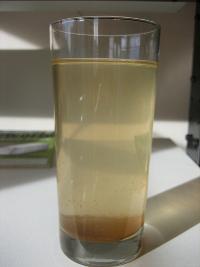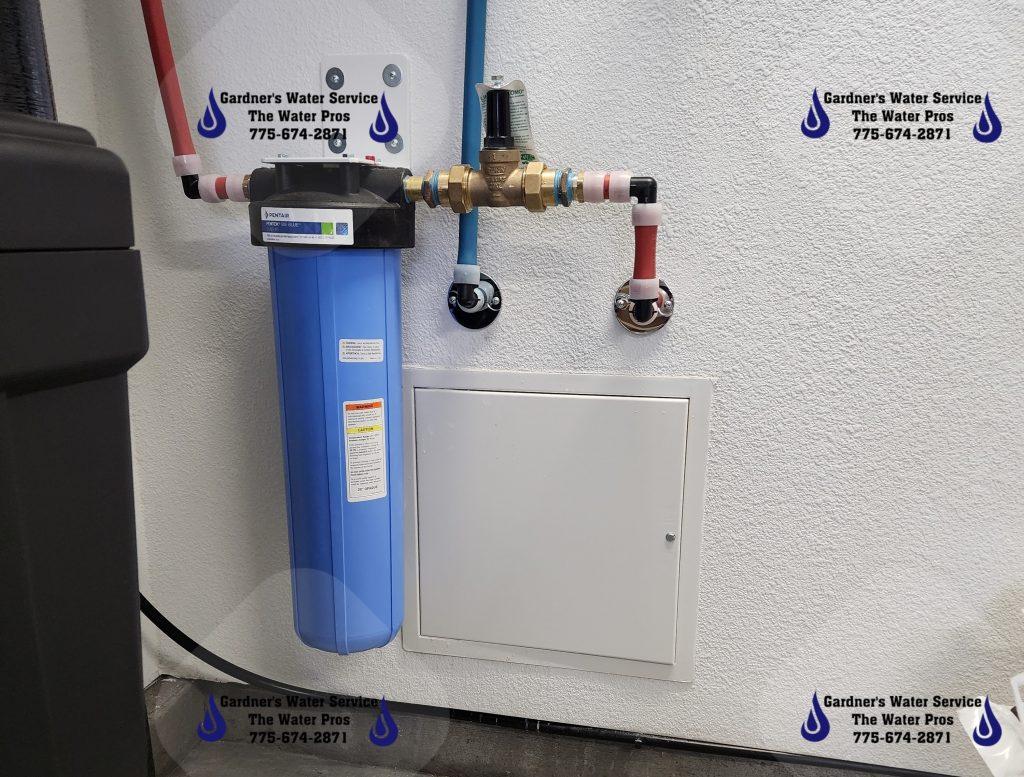- Home
- / Pages
Sediment Filtration

Sedimentation is the deposition by settling of a suspended material.
In a water plant these particles may be rust flakes from the water pipes, sand grains, small pieces of organic matter, clay particles, or any other small particles in the water supply.
Water that has a high sediment level can change the aesthetic value of the finished beverage. It also can have a detrimental effect on the performance of your equipment. Sediment can cause blockages in the strainers, flow controls and even the solenoids inside your equipment.
A sediment filter acts as a sieve to remove these particles. The important thing to keep in mind about sediment filters is that they reduce sediment. They don’t remove chemicals or heavy metals or make the water taste or smell better.
In general, sediment filters are rated by a “micron” number. This refers to the particle size that will be trapped by the filter. They are further classified as “nominal” or “absolute”. For instance, a nominal 5 micron filter can trap 85 % of particles of five microns and larger; an absolute 5 micron filter can that trap 99.9 % of particles of 5 microns and larger. For most purposes, nominal filtration is fine; when very high grade water is required, an absolute-rated filter may be needed.




